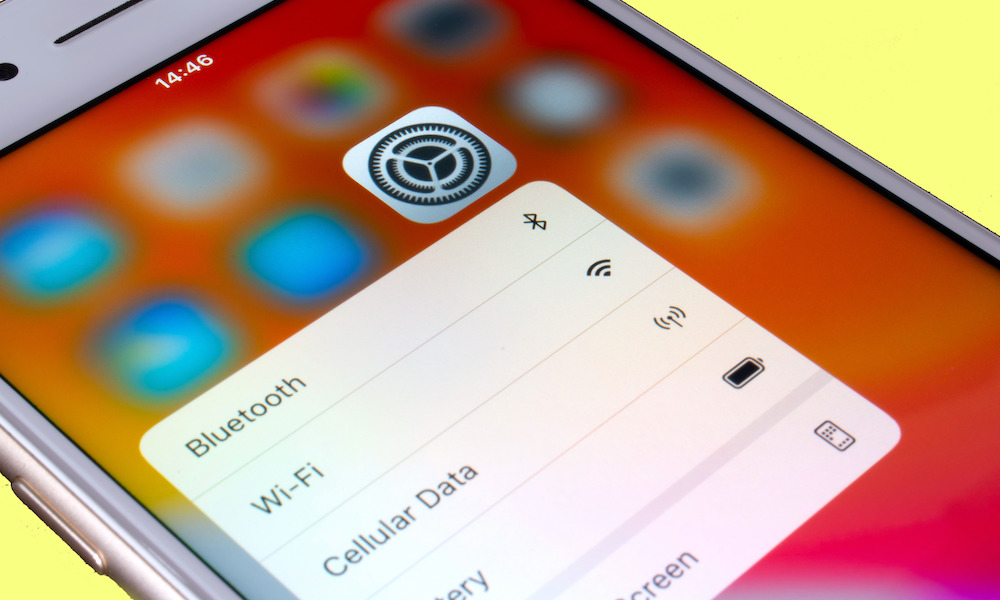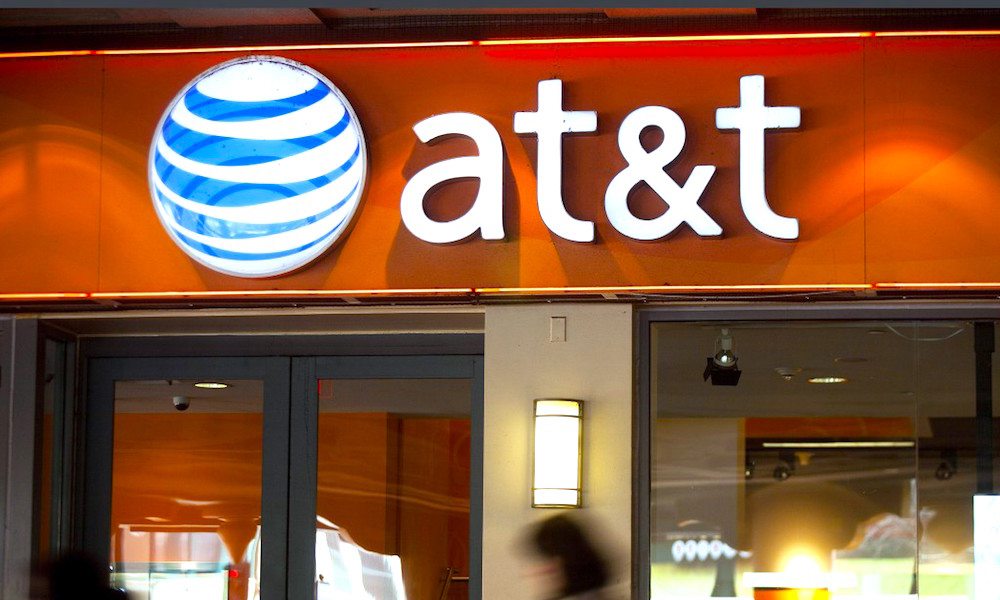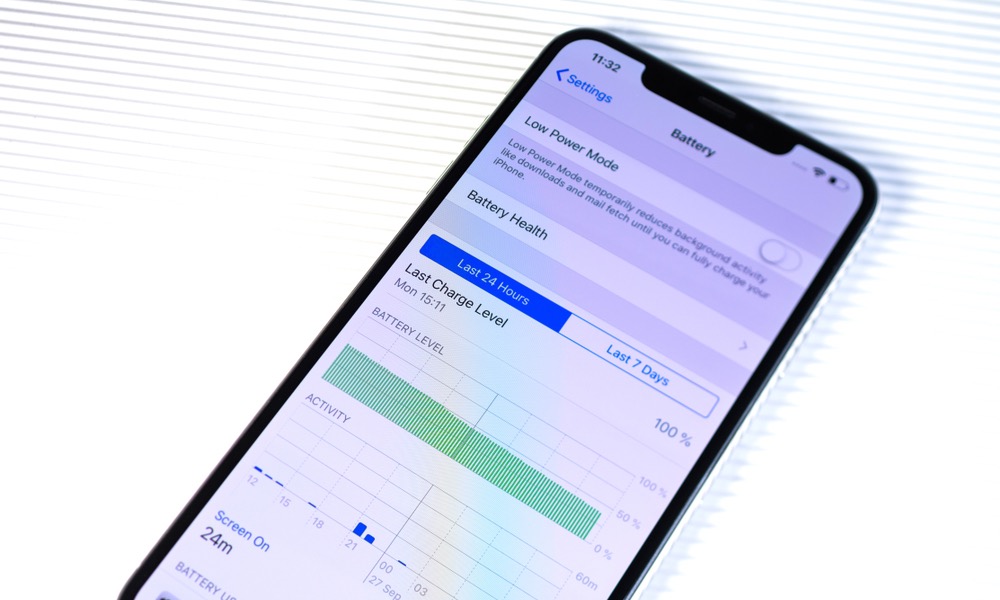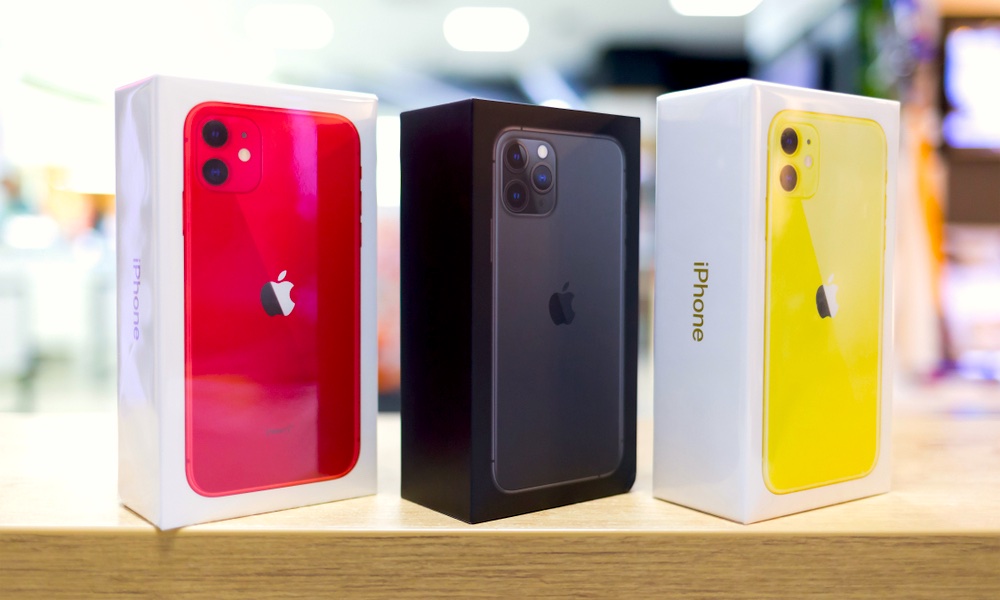8 Things to Watch out for Before Buying a Used iPhone
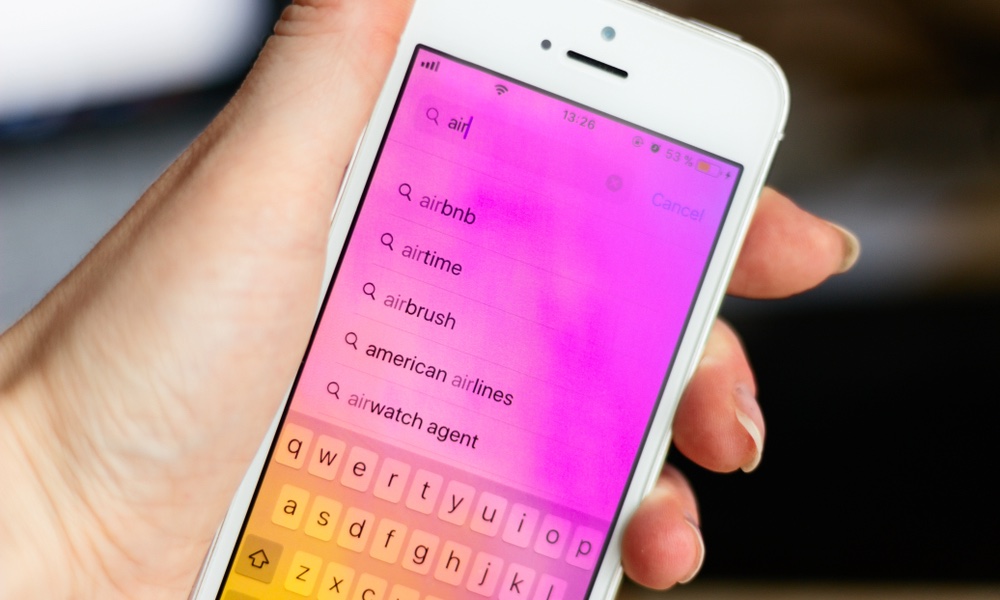 9091086 / Shutterstock
9091086 / Shutterstock
The very best deals for iPhones wait out on the choppy seas of the used smartphone market. You can find some great discounts and even trade-in your old phone easily while you’re at it – but there’s also a lot of risks to be aware of. You still need an iPhone that meets your needs and doesn’t pose any dangers.
Some of these options will require you to examine the iPhone in person. This is sometimes a good idea, and we’ll talk about why in the following points. However, other times, buying online is the only way to find a good iPhone deal. To help out, continue reading to browse eight things to watch for when shopping for a used iPhone.
Use a Legitimate Channel
Anyone can sell their iPhone, but you can’t trust just anyone, especially when it comes to data security and phone quality. That’s why we highly suggest avoiding classifieds like Craigslist at first, where it’s more or less impossible to guarantee quality without traveling somewhere and checking the phone out in person (and even then things can go wrong).
Instead, try some of the major used phone sites that coordinate more professional sales. Check out Swappa, Gazelle, and Glyde to see what they offer and their average prices. These are popular sites with some built-in protections for buyers, making the process much easier. Glyde is essentially the closest thing to buying a refurbished phone that you can find, as they run rigorous tests on all phones before reselling them – but you can probably find better prices on the other sites.
Make Sure the Phone Is Fully Wiped
The last thing you want is to buy an iPhone that has some hidden software loaded on it. The best way to prevent this is to make sure that the phone is fully wiped before you start using it. Some of the sites we listed above will guarantee that the phones they sell are wiped, and even random sellers that you find on eBay or Craigslist, will often mention that the phone has been fully reset. Don’t take anyone’s word for it. The first thing you should do when buying any used iPhone is to go to Settings > General > Reset > and then choose Erase All Content and Settings.
Check the IMEI
The IMEI is an important identification number you can find on your iPhone by going to Settings > General > About. This is a particularly important code because it’s commonly used to check if the iPhone is stolen or not – something you should always be aware of. Check the IMEI before you agree to purchase. Once you have it, you can go to Swappa or to StolenPhoneChecker and input the code to see if anyone has reported the iPhone stolen and had it blocked. You do not want a stolen phone, no matter what the seller may try to tell you. Some scammers may try to lie about the IMEI, but fortunately, this is rare (and you can check in person if possible).
Additionally, the IMEI can be used to check and see if the phone has any activation problems. Call up your phone service provider and provide the IMEI number to see if the phone can work on their service, or if it’s blocked. Some carriers block phones because of signs of trouble or incompatibility issues, so it’s important to check this out first.
Special Note About AT&T Phones
With most iPhones, you should be fine using it with any carrier (assuming you took the steps above, and you aren't buying anything older than an iPhone 5). The one exception to be aware of is AT&T, which includes a secondary LTE signal that other carriers don't have. Like using the second band on your Wi-Fi router, this second LTE signal is used by some because there's less traffic on it, which can be faster in crowded areas. If this is a concern for you, make sure you have an iPhone model that's compatible with AT&T's services.
Pay Attention to Hardware Features
Remember to check hardware capabilities. A lot of buyers get excited about low costs and finding the iPhone model that they want, but they forget to look at the specs. A common example is storage capacity. If you need 100GBs for storing photos and videos on your phone, then getting a 32GB iPhone is not exactly a good idea (although you could pay for an iCloud subscription to make up the difference). Also, pay attention to camera features, Face ID, and other factors that depend on hardware.
Take a Look at Battery Life
It's hard to judge battery life when you're buying an iPhone. A great looking phone could house a horrible battery that's been run down by poor charging practices. How can you be sure it's in good condition?
Well, the best way to check is in person. You can go to the iPhone's Settings, then tap Battery, then Battery Health. This will give you a report on maximum capacity so you can easily see how worn down the battery is from its original state. If you're buying online, you can't really do this, which is why it's important to look for sites that guarantee performance or run tests of their own when possible.
Otherwise, Apple can replace iPhone batteries for a fee, so you may want to include this fee as part of your calculations.
Check for Signs of Damage

This step is pretty obvious when it comes to looking for dents, scratches, cracks, and blocked ports. However, we want to call out one sign in particular that many buyers aren’t aware of: The moisture sensor. Look carefully by the charging and headphone ports on your iPhone, or in the SIM tray. If you see a tiny red dot here, that means the moisture sensor has been activated, and that iPhone was probably dropped in water. You don’t want this model, because it’s very hard to know how much damage the water has caused.
And Watch for Scams
Particularly if you’re buying online from an auction seller or in person, it’s important to watch for any signs of scams, knockoffs, and fraud. Things to watch out for include:
- Prices that are ridiculously low in comparison to average prices for that model.
- There are very few pictures, or the pictures have been sourced from another listing.
- Someone is selling on behalf of a business or friend (they aren’t).
- Someone wants payment before you get a chance to check out the phone, or encourages you to pay outside of the website using a sepearate, unrelated service.



